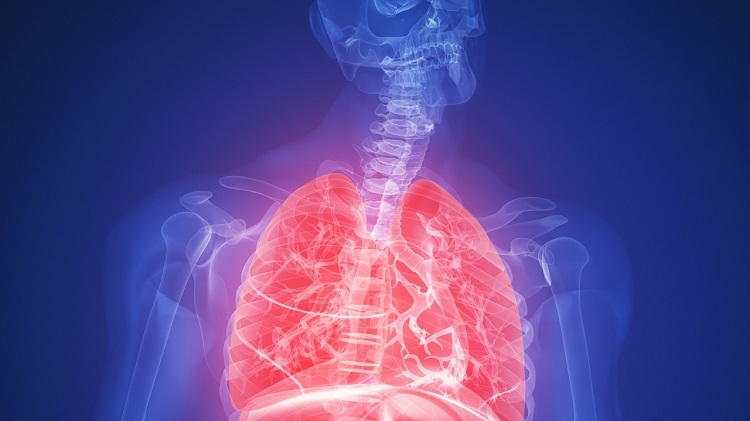From the time I walked in the door, I was treated with care and compassion. The gals up front knew my name from the second day on. Everyone I came in contact with was super! I saw a smiling, kind, compassionate and knowledgeable face from the time I walked in, to the time I walked out. When I asked a question - I got an answer. I was scared. I was anxious. They handled me with grace and that isn't easy. I saw the staff for one reason or another for 30 days straight. I never saw grumpy, angry or an unkind face. I'm getting ready to start the rest of my treatment. I go to my appointments knowing I'm in good - no great hands!




